High-altitude environments present unique challenges that can impact the performance of DCL electric actuators. This report evaluates their usage at 3,000 meters above sea level.
1. How High Altitude Affects Electrical Products
As altitude increases:
✔ Air density and pressure decrease, leading to lower insulation strength and increased risk of electrical breakdown.
✔ Cooling efficiency decreases, causing higher temperature rise in motors and electronics.
✔ Lubricants evaporate faster, and gases or liquids are more likely to leak from sealed components.
✔ Temperature drops, with large day-night fluctuations, affecting mechanical parts.
✔ Lower humidity reduces insulation but increases brush wear in motors.
✔ Stronger solar radiation accelerates material aging.
Main Impact Areas
Electrical insulation and temperature rise are the primary concerns.
Mechanical structures may be affected by low pressure and temperature variations.
2. Impact on Mechanical Structure at 3,000m
Air pressure changes have no effect on the actuator’s mechanical parts.
Low temperatures increase grease viscosity, affecting torque output.
Sealed components are well-protected within the actuator’s strong, weather-resistant housing.
✔ As long as the temperature remains above -25°C, the actuator delivers its rated torque.
3. Impact on Electric Motor at 3,000m
Temperature Rise
According to GB755-87 and GB5171-2002 motor standards, temperature rise increases 1% per 100m altitude.
DCL motors normally operate below 50°C, well within the 60°C limit set by JB/T 8219-2016.
Insulation Strength
Motor insulation resistance at sea level: ≥100MΩ
At 3,000m, insulation drops to 72.9MΩ, still well above the 20MΩ safety limit.
Mechanical Performance
Low temperatures can affect rotor bearings, making low-temperature bearings preferable.
Higher wear on carbon brushes in DC motors.
4. Impact on Servo Controller at 3,000m
✔ Minimal impact, as all electronic components are epoxy-sealed and have adequate creepage distances.
5. Impact on Capacitors at 3,000m
Standard capacitors are rated for ≤2,000m altitude (GB/T 3667.2-2016).
DCL capacitors exceed this requirement, with actual withstand voltage higher than 2× the rated voltage.
✔ At 3,000m, DCL capacitors still meet insulation requirements.
6. Impact on Potentiometers, Micro Switches, and Other Electrical Components
These components have no altitude-specific limitations.
Their insulation resistance remains ≥100MΩ, and their voltage withstand (originally 1,500V AC for micro switches and 500V AC for potentiometers) decreases by only 10% per 1,000m, still within safe limits.
7. Final Conclusion
According to JB/T 8219-2016, standard industrial electric actuators are designed for ≤1,300m altitude.
✔ However, DCL actuators have higher design tolerances and sufficient safety margins in insulation and temperature rise.
✔ At 3,000m, they function normally but require proper grounding due to reduced insulation strength (about 72.9% of normal).
✔ Field tests in Delingha (2,980m altitude) confirm stable performance.
Recommendation
DCL electric actuators can be used at 3,000m altitude without performance issues, provided proper grounding is ensured.

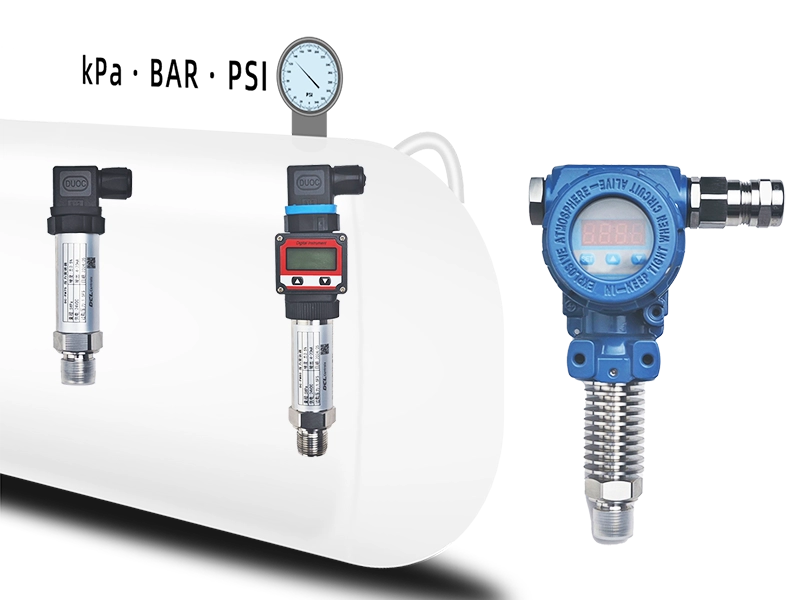
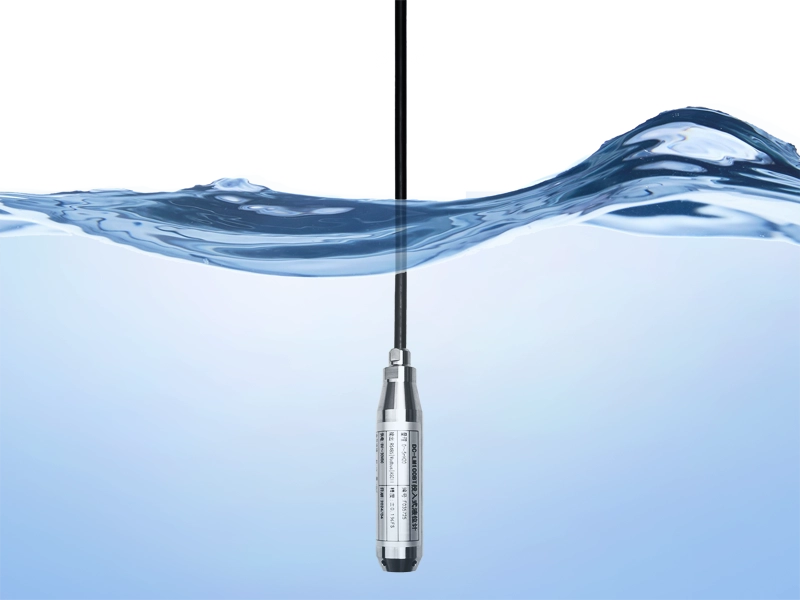





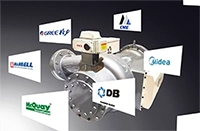


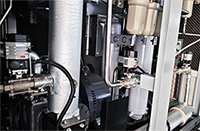



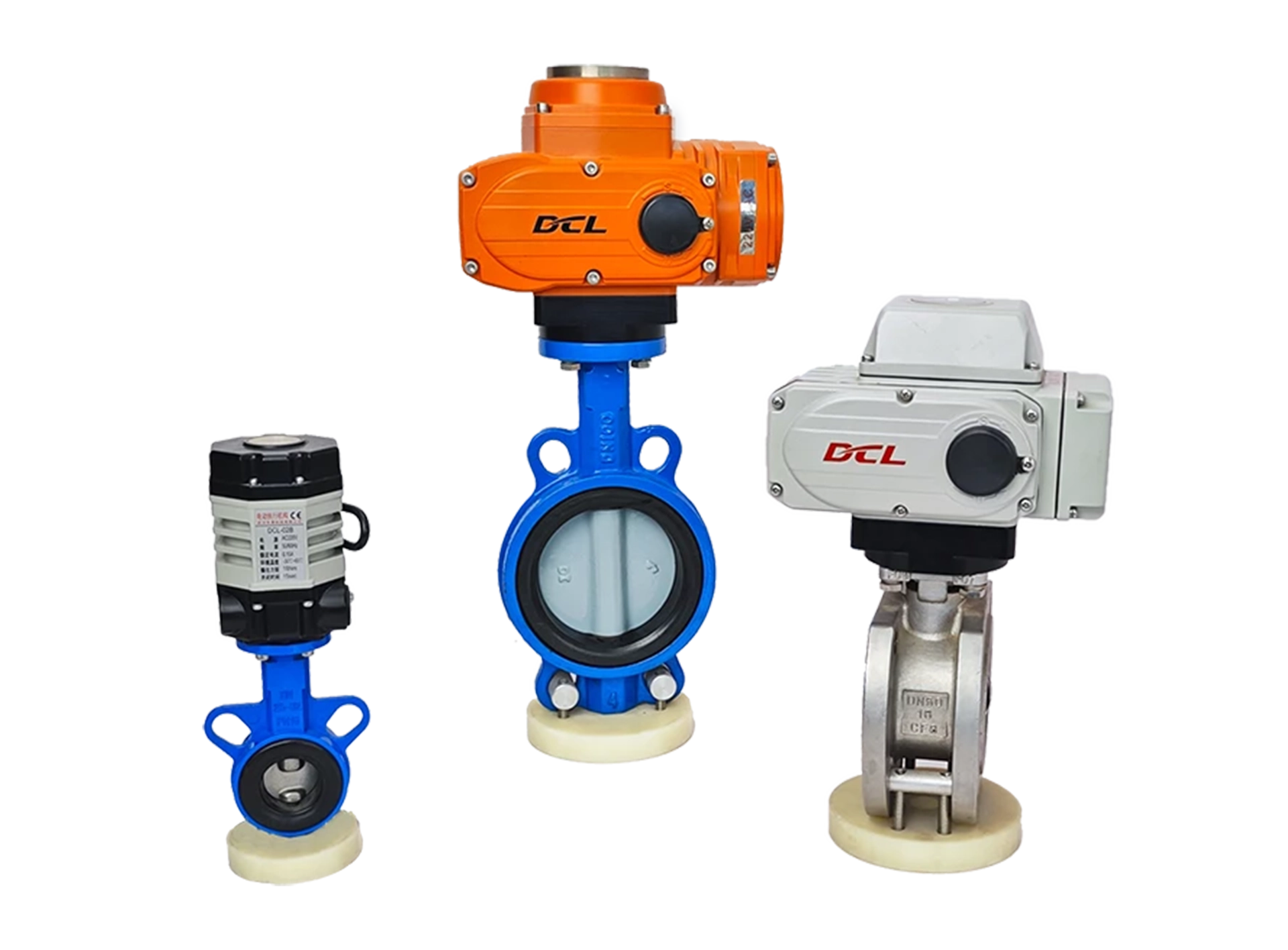












 鄂公网安备 42018502006527号
鄂公网安备 42018502006527号